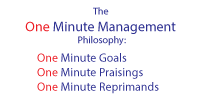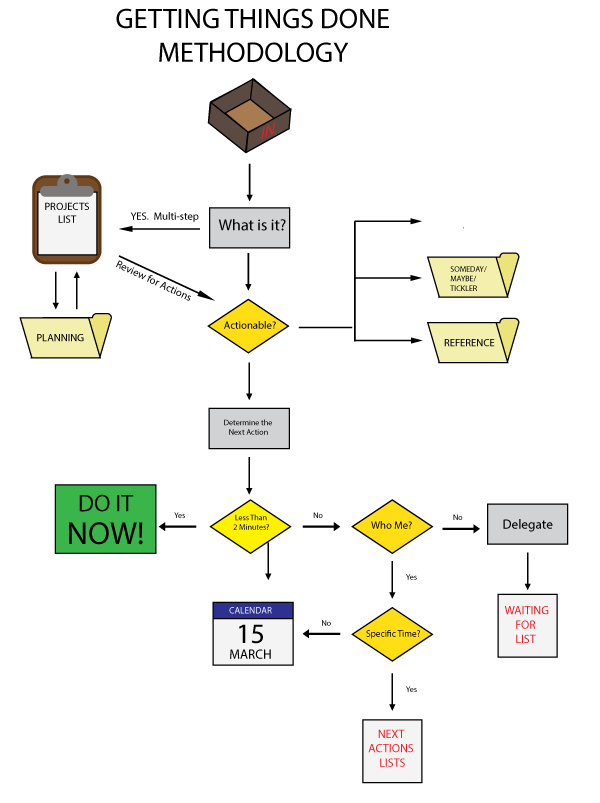Format: Audible
Narrated By: Tim Wheeler
Subject: Personal Finance
Rating: 4/10
Summary:
Rich Dad, Poor Dad is written in the form of a narrative containing life lessons of the author from both his Rich Dad and Poor Dad. I went through an entire spectrum of emotions while listening to this audio book. The character known as the “Rich Dad” made several excellent and inspiring points during the many lessons he taught to the author. However, an equal amount of those lessons were full of of bad advice and Ad Hominem attacks against anyone that didn’t agree with his logic.
The book makes a lot of subtle and not so subtle attacks on traditional education, and implies that most educated people are idiots and have grand senses of entitlement; It often uses the Poor Dad, who is a college educated teacher, to make this point. To be fair, the author makes an excellent point about the lack of strong financial education in our public schools and homes. He also does an excellent job of motivating people to take responsibility and accountability in their own financial futures.
In conclusion, I found Rich Dad, Poor Dad to be way more inspirational than educational.
What I liked Most About the Book:
The average person could read this book as the only personal finance education they ever received and would have a better chance at success.
What I liked Least About the Book:
The average person can follow this book verbatim and make a lot of really terrible personal finance decisions.
Favorite Quotes:
“Rule #1: You must know the difference between an asset and a liability, and buy assets. If you want to be rich, this is all you need to know.”
“An asset is something that puts money in my pocket. A liability is something that takes money out of my pocket.”
“That is why I say that someone’s Net Worth is worth less than they think.”
“I can’t afford it shuts down the brain… How can I afford it? opens up the brain.”
“People who avoid failure also avoid success.”
“An intelligent person hires people who are more intelligent than he is.”
“Winners are not afraid of losing. But losers are. Failure is part of the process of success. People who avoid failure also avoid success.”
“There is a difference between being poor and being broke. Broke is temporary. Poor is eternal.”
Accounting is possibly the most confusing, boring subject in the world….”




